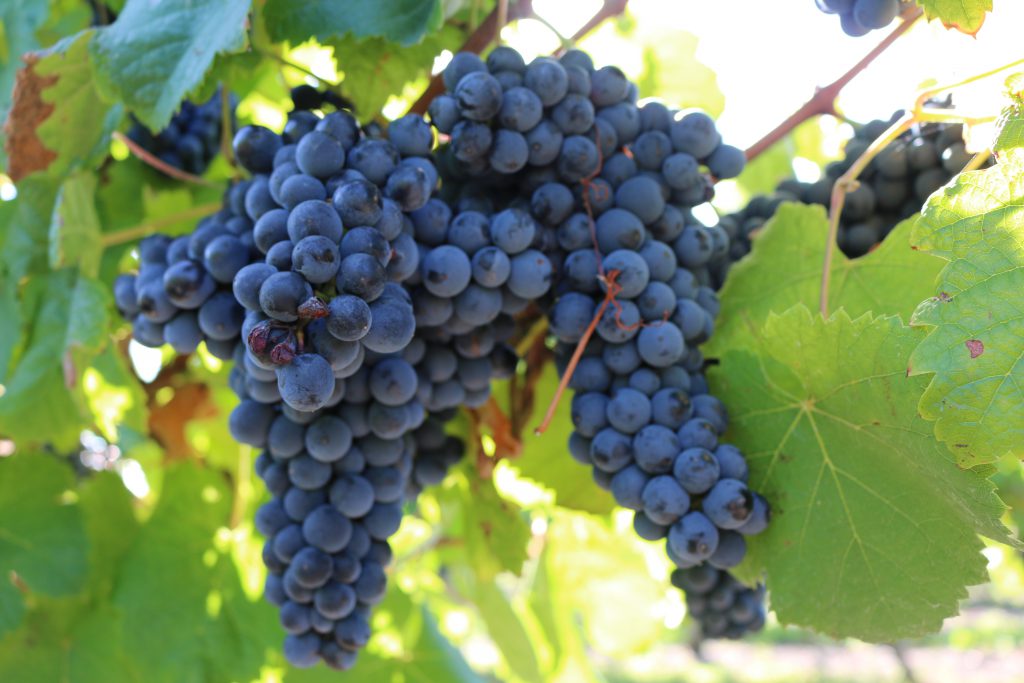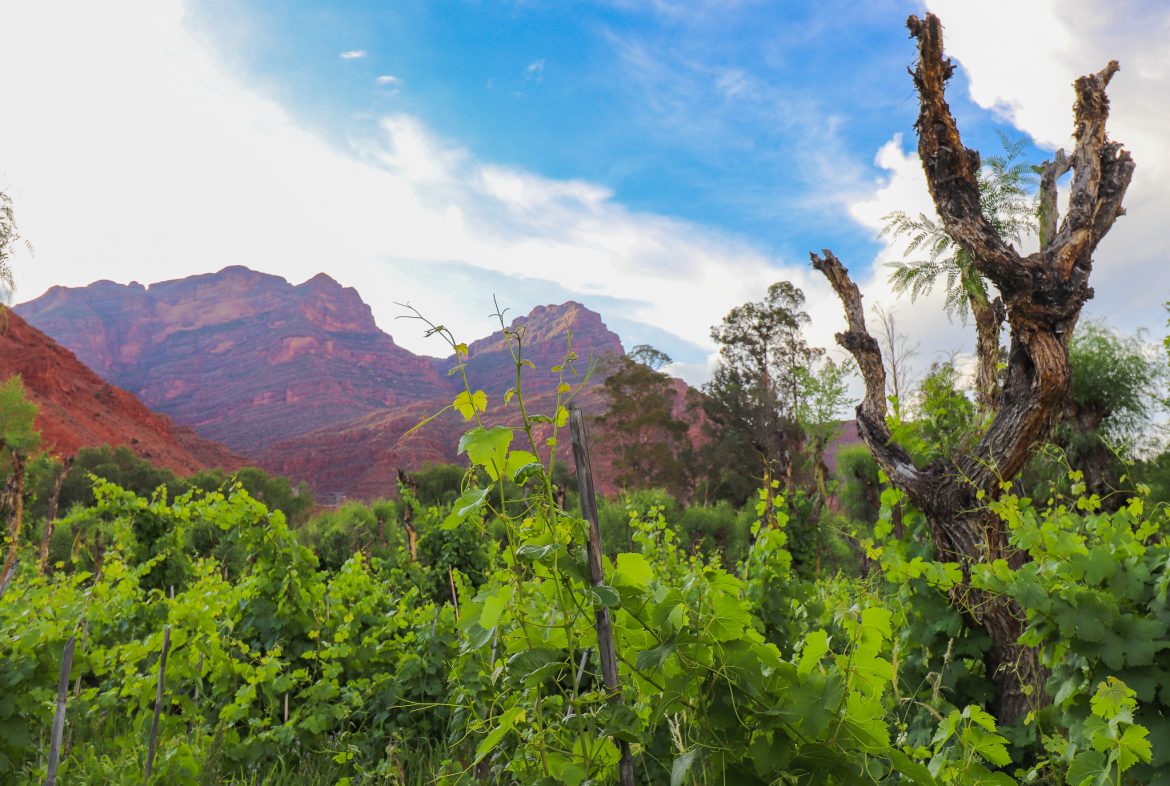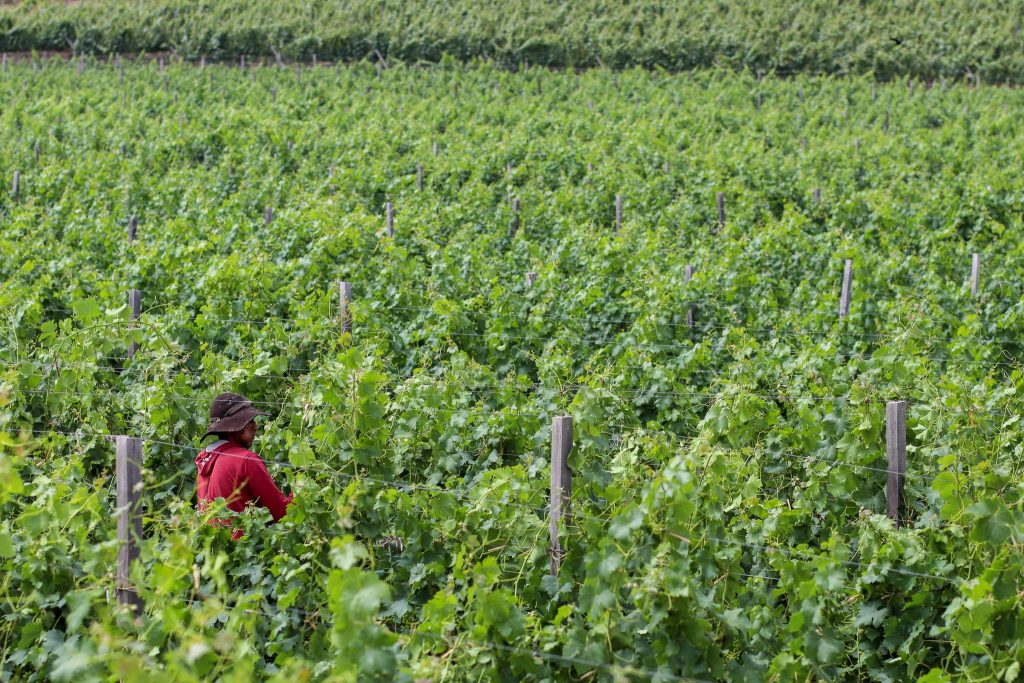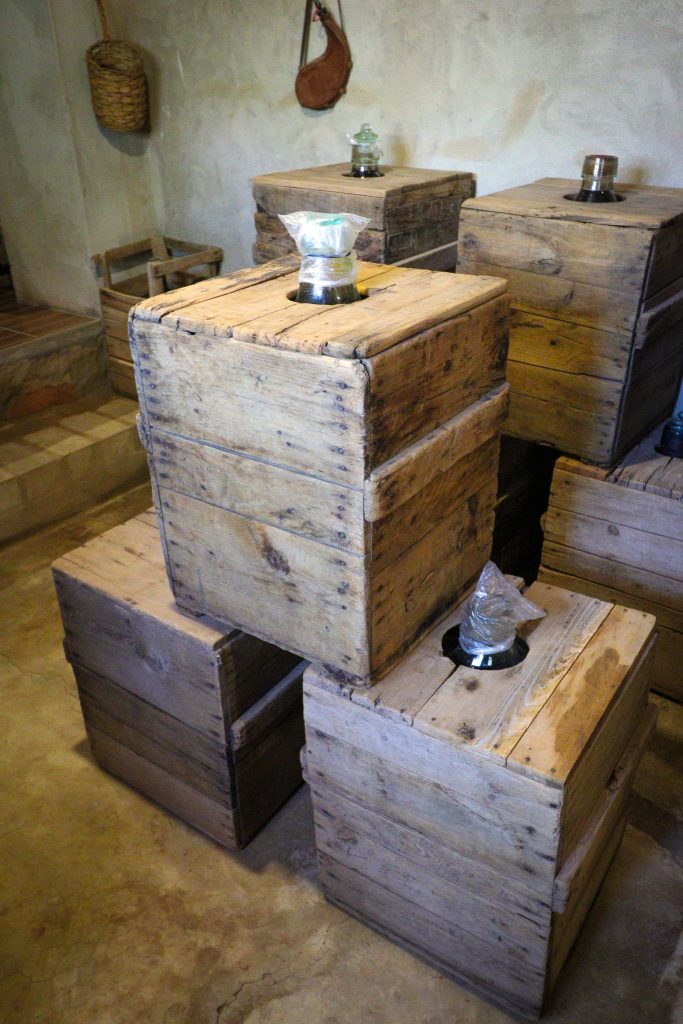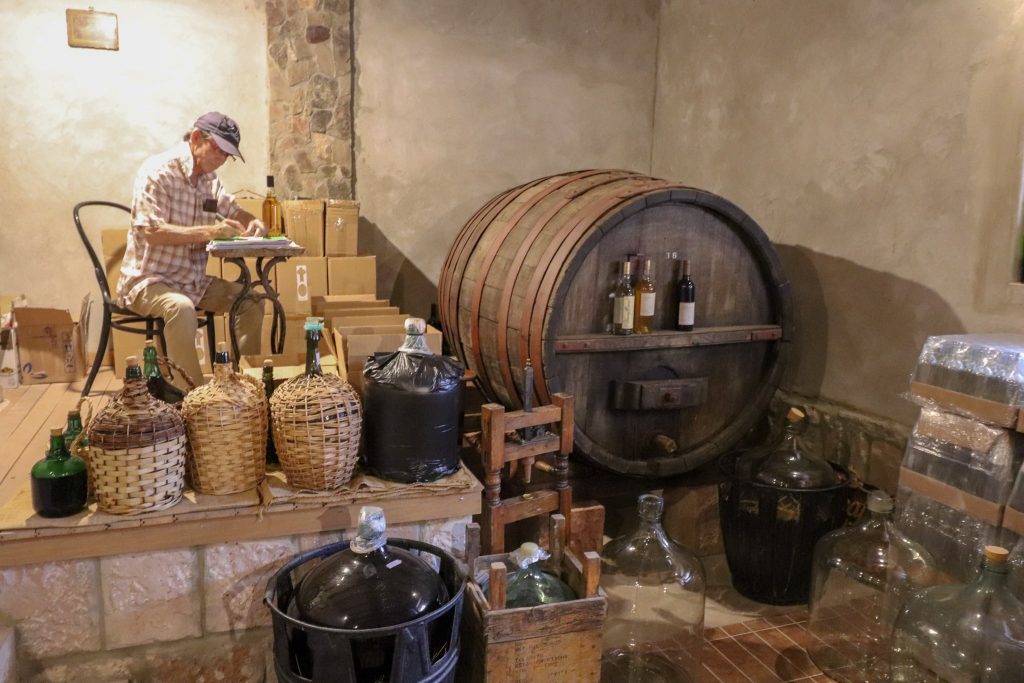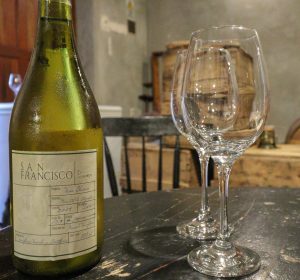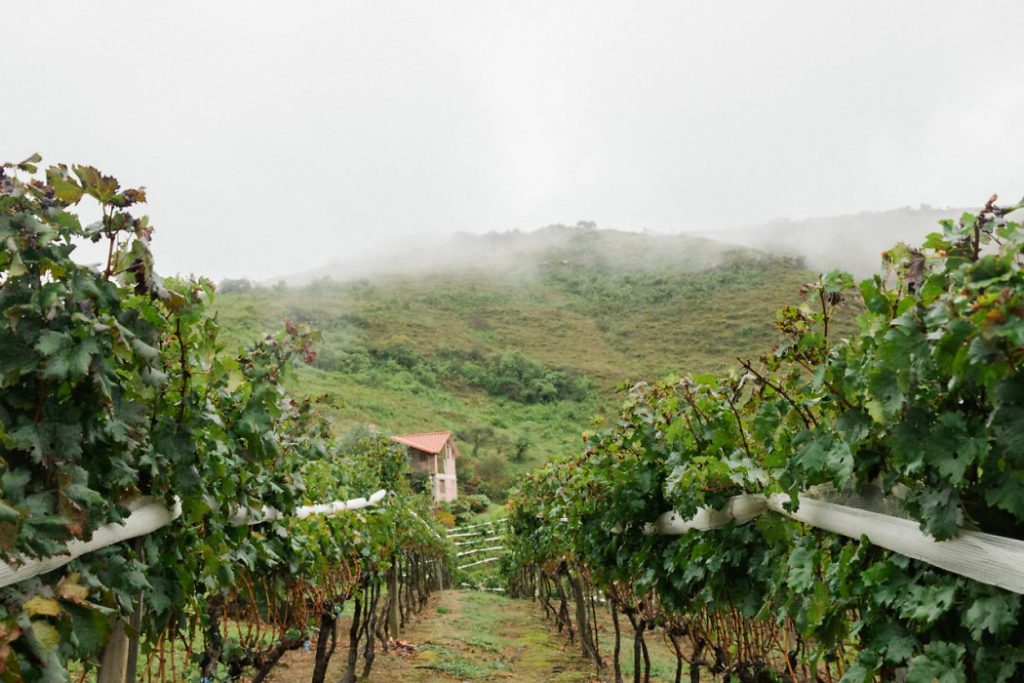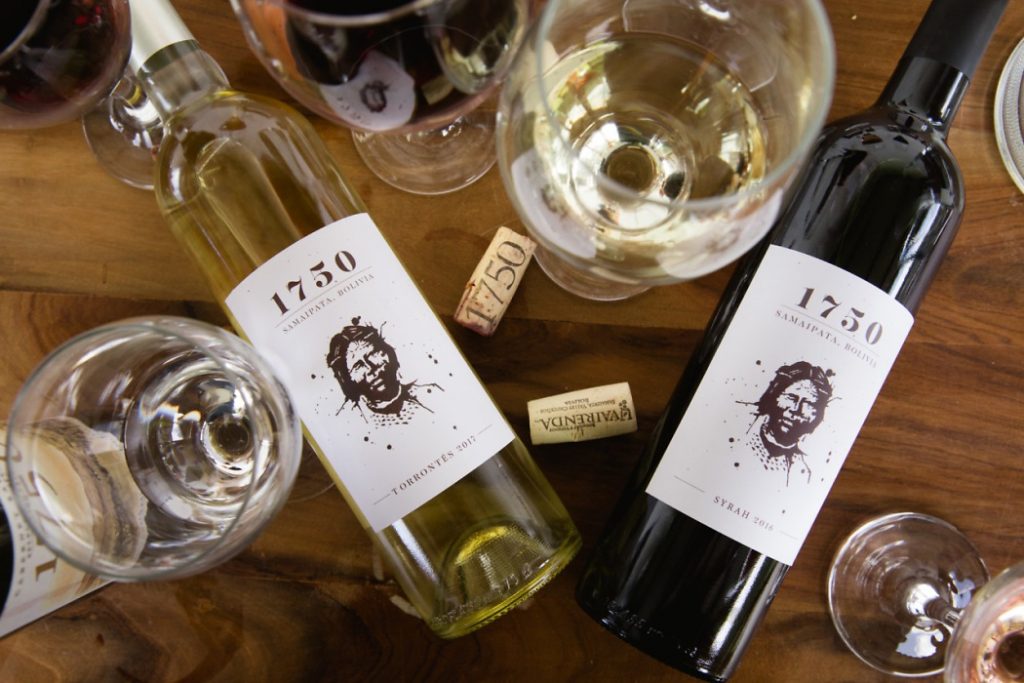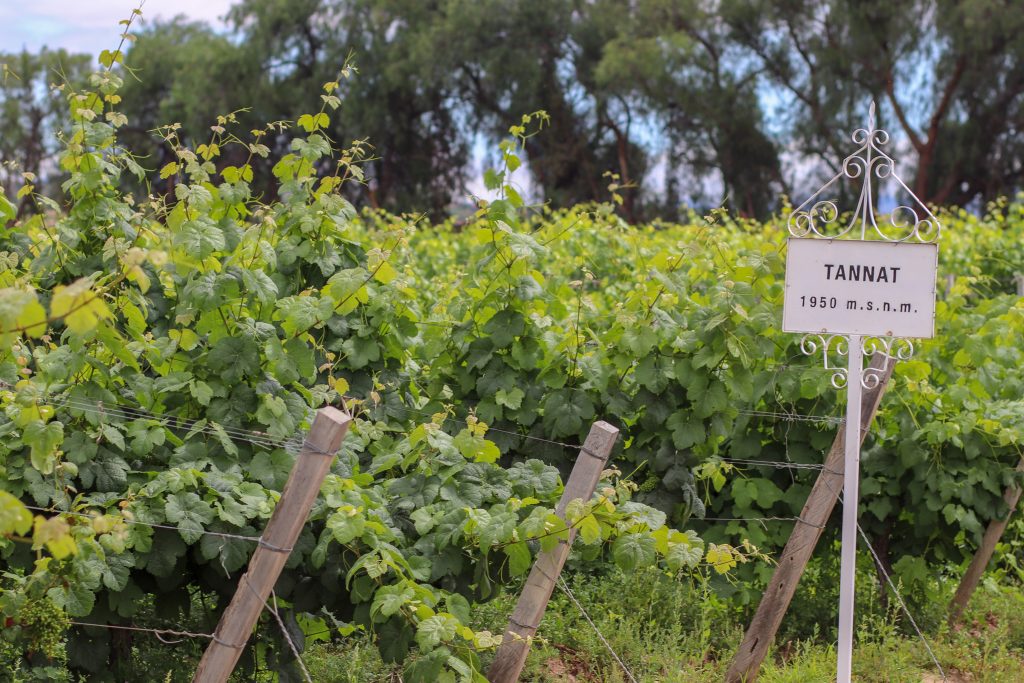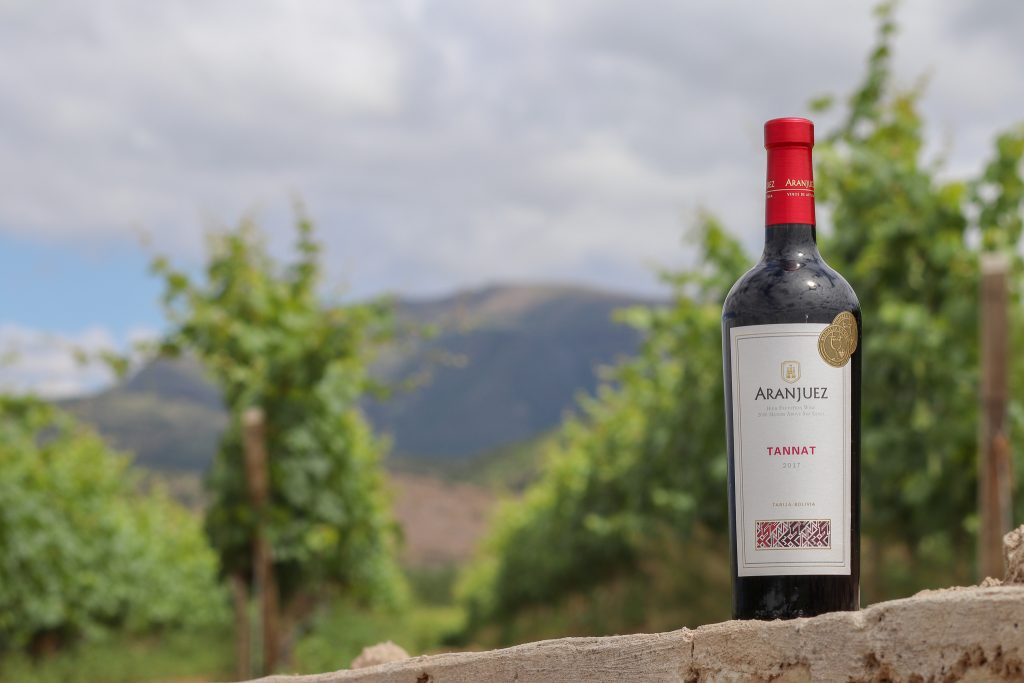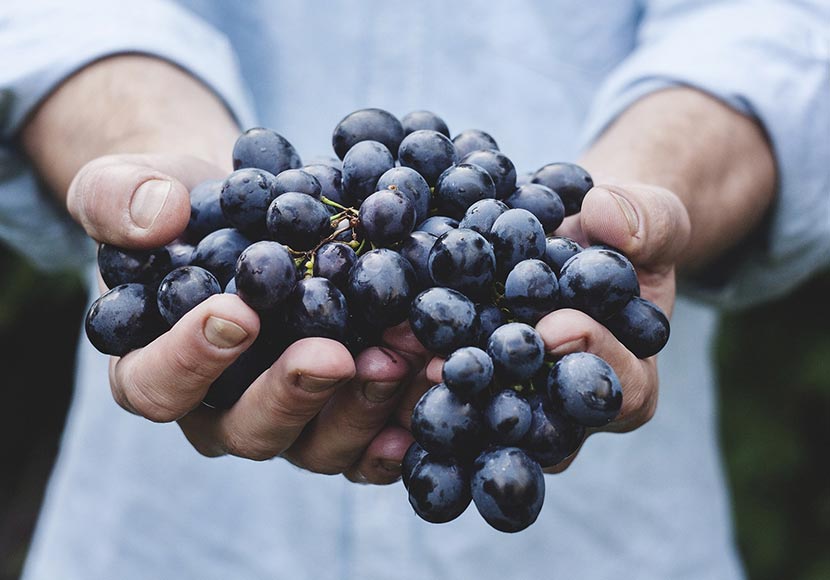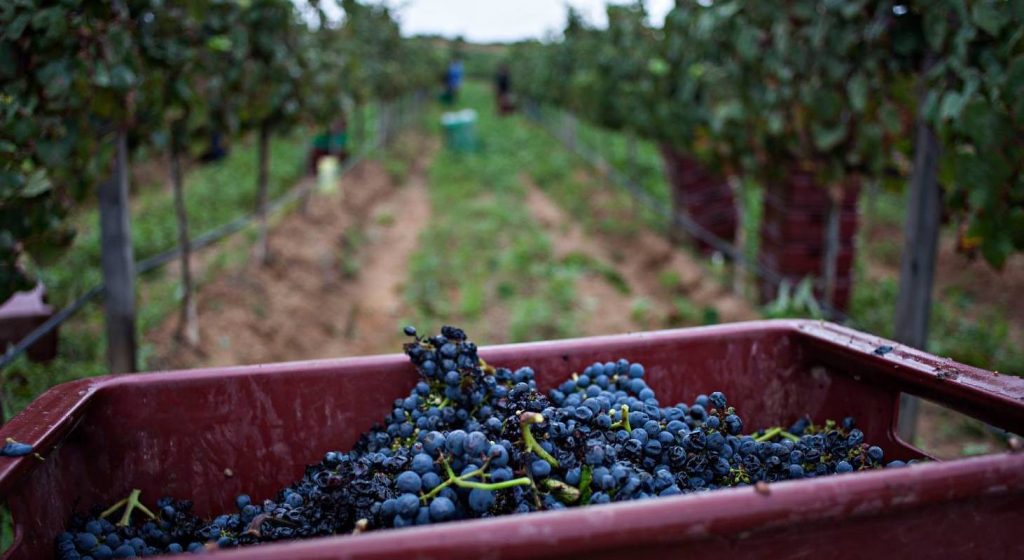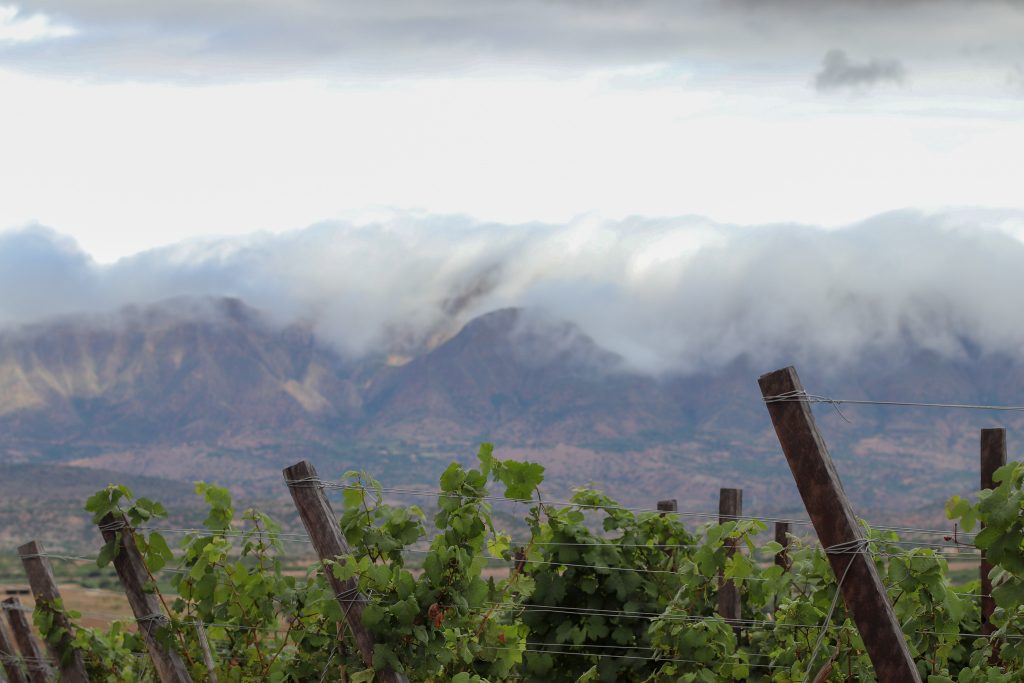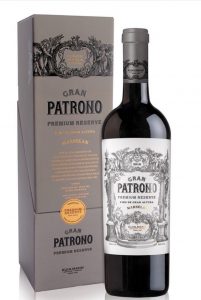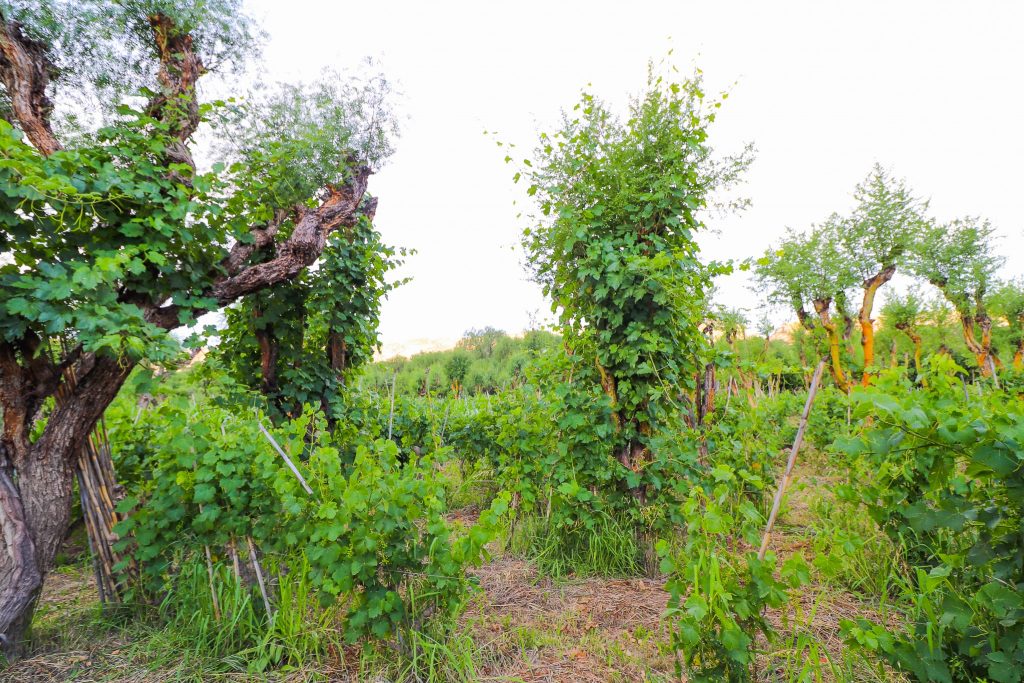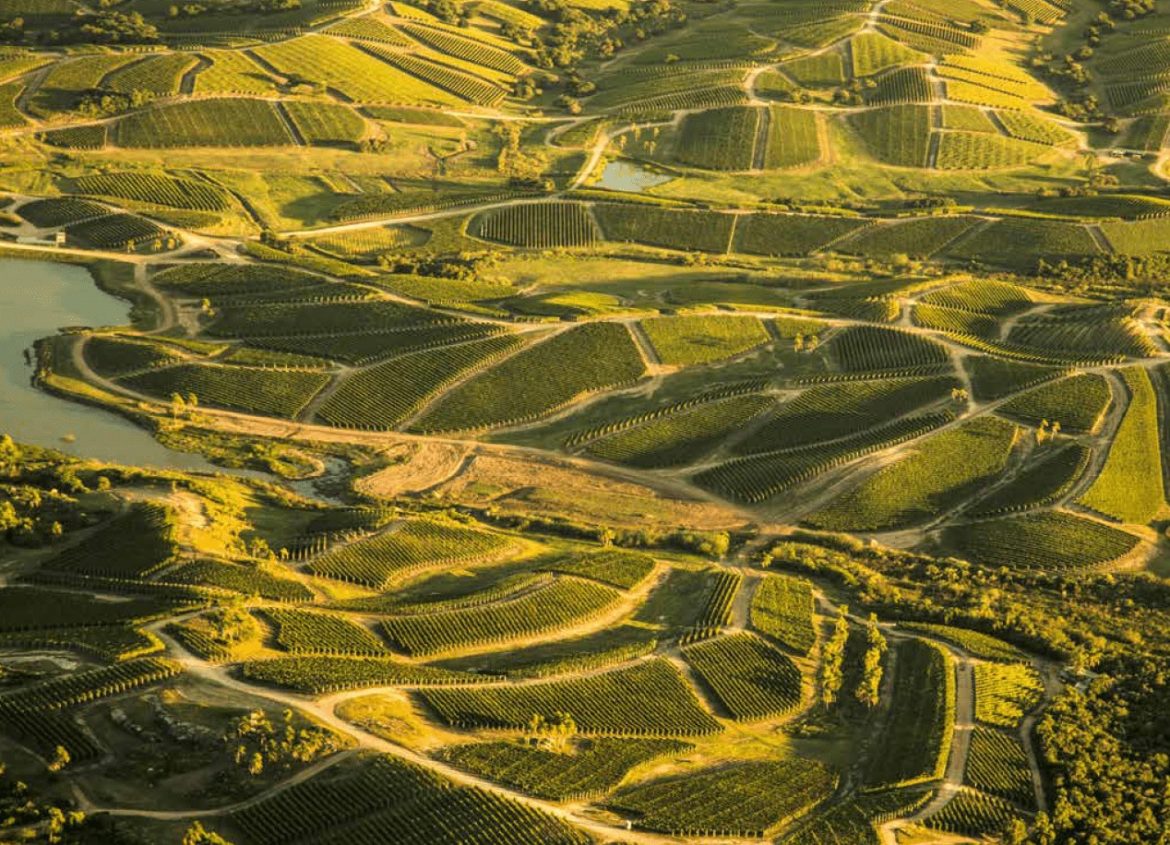Tannat is the champion grape variety of Uruguayan wine, but how did this red variety become the most planted in Uruguay? In our Tannat guide we explore the history of Tannat in Uruguay, what Tannat tastes like, and where it best grows.
Tannat Guide
Tannat by Terroir
Tasting Uruguayan Tannat
Tannat Wine Pairings
Tannat Guide: Key Uruguayan Tannat facts
Hectares planted of Tannat in Uruguay
1,610 hectares
Key Tannat wine descriptors
Deep violet colour. Black plums, raspberries, liquorice & spice aromas. Dry, mouthwatering acidity (medium + ), grippy tannins (high) and full body.
Tannat winemaking styles
Traditionally Tannat was given a long extraction with at least a year’s barrel ageing and another year in bottle, but modern styles use gentle maceration techniques and some have no oak influence at all. Usually 13-14%
Tannat found a natural affinity with the Uruguayan climate and with over 1,600 hectares dedicated to the variety around Uruguay’s different wine regions, there’s a huge diversity of styles of Tannat to discover. Although Tannat originates in South West France, it has unquestionably made Uruguay its home — and, with some of the best single-variety Tannat wines in the world, Uruguay has mastered Tannat.
It was no coincidence that of all the vinifera varieties, it is Tannat that has emerged as Uruguay’s champion. “We didn’t choose Tannat, Tannat chose us!” is the simple explanation from winemaker Reinaldo de Lucca. The thick skins of this variety originally from the Basque region of France are resistant to the humid conditions and hardier to changes in vintage, delivering good quality wines year on year — suiting Uruguay’s changeable coastal climate down to a tee.
Tannat’s resistant nature — able to handle heavy rain and drought, while always delivering acidity, colour and aroma — meant it survived throughout the 20th century, always adding value to a grower’s vineyard, even alongside the busty hybrid varieties that were popular throughout much of the 20th century. It has remained a staple in Uruguay’s vineyards ever since Pascual Harraigue first introduced it to the country in the 1870s (and is still often called Harriague after its pioneer).
When Uruguay converted to quality wine production from the 1970s onwards, international consultants and flying winemakers were quick to advise the wineries to keep their Tannat vines and make it the champion of Uruguay. According to flying winemaker from New Zealand Duncan Killiner, who started consulting in Uruguay in 1996:
Tannat’s always been the star of Uruguay. The variety just works really well there, and performs well in all of the regions every vintage.”
